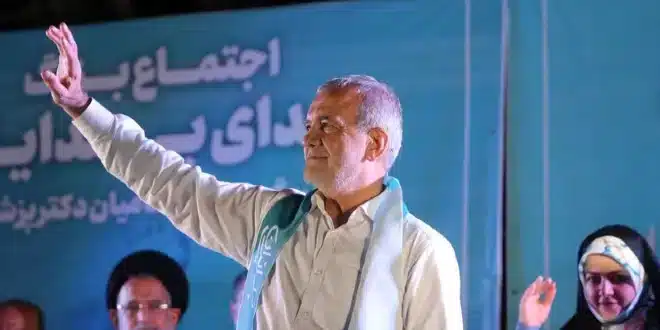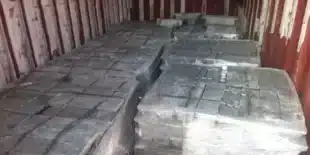Iranians began voting on Friday in a runoff election to replace the late President Ebrahim Raisi, who died in a helicopter crash last month. The election takes place amid widespread public apathy due to years of economic hardship, mass protests, and regional tensions.
Voters are choosing between Saeed Jalili, a hard-line former nuclear negotiator, and Masoud Pezeshkian, a heart surgeon and longtime parliament member aligned with moderates and reformists within Iran’s Shiite theocracy.
In the initial round of voting on June 28, no candidate received over 50% of the vote, necessitating the runoff. That round saw the lowest turnout in Iranian election history, making Friday’s turnout a significant concern.
Calls for a boycott have come from figures like imprisoned Nobel Peace Prize laureate Narges Mohammadi. However, many potential voters seem to have already decided not to participate, as there is no widely accepted opposition movement within or outside the country.
State television showed modest lines at select polling places as voting began on Friday. Since the 1979 Islamic Revolution, women and advocates for radical change have been barred from the ballot, and the vote lacks oversight from internationally recognized monitors.
This election occurs amid heightened Middle East tensions due to the Israel-Hamas war in Gaza. In April, Iran launched its first direct attack on Israel over the conflict. Iranian-backed militia groups, such as Hezbollah in Lebanon and the Houthis in Yemen, are involved in the fighting and have intensified their attacks.
Iran continues to enrich uranium to near weapons-grade levels and holds a stockpile large enough to build several nuclear weapons if it chooses. The 2015 nuclear deal with world powers collapsed in 2018 when then-President Donald Trump withdrew the U.S. from the agreement. Since then, hard-liners have taken control of Iran’s government.
While Supreme Leader Ayatollah Ali Khamenei has the final say on all state matters, the president can influence policies toward either confrontation or negotiation with the West.
Interior Minister Ahmad Vahidi announced that all polls opened at 8 a.m. local time. Khamenei cast one of the first votes from his residence, encouraging people to vote and choose the best candidate.
Khamenei recently remarked that those who did not vote last week were not necessarily against the country’s Shiite theocracy, suggesting that sociologists and political analysts should examine the reasons behind voter apathy.
Over 61 million Iranians aged 18 and above are eligible to vote, with about 18 million of them between 18 and 30. Polls are scheduled to close at 6 p.m. local time but may be extended to midnight to increase participation.
This is only the second presidential runoff in Iran since 1979, the first being in 2005 when Mahmoud Ahmadinejad defeated former President Akbar Hashemi Rafsanjani. Ahmadinejad’s tenure saw international sanctions over Iran’s nuclear program and the 2009 Green Movement protests, which were brutally suppressed.
Pezeshkian’s supporters warn that Jalili would bring a “Taliban”-style government to Tehran, while Jalili accuses Pezeshkian of fear-mongering.
President Raisi, who died in the May 19 helicopter crash, was considered a protégé of Khamenei and a potential successor as supreme leader. He was known for his involvement in the 1988 mass executions and the crackdown on protests following the 2022 death of Mahsa Amini, a young woman detained by police for allegedly wearing the mandatory headscarf improperly.


